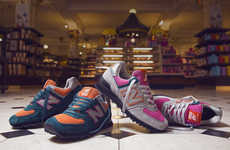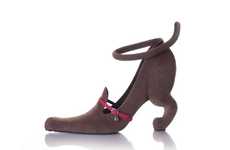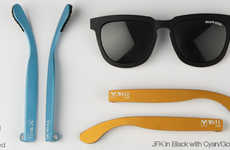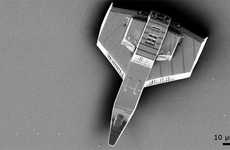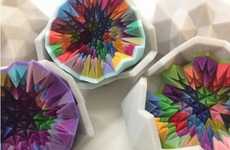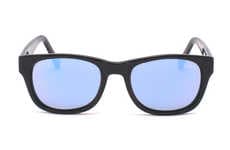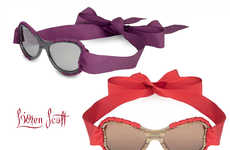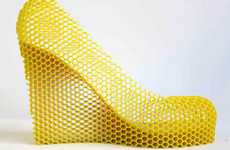



Demand for fast fashion gives rise to printed wares for quick distribution
Implications - The fast fashion market has quick turnarounds to saturate the market in the latest wares in mere days, but as the globalization of clothing continues, so does the quest to deliver goods even faster. 3D printing has left few areas of production untouched and is being adopted by the fashion industry as a means to digitally send products as opposed to shipping. As online shopping takes more focus off of physical retailers, garment printing is evolving to be a staple process that could enter consumer homes sooner than anticipated for a 'purchase and print' style of shopping.
Trend Themes
1. 3D Printed Clothing - Fashion industry adopting 3D printing technology to digitally send products as opposed to shipping, allowing for customization and a 'purchase and print' style of shopping.
2. Customization and Personalization - 3D printing technology allows for customization and personalization of individual items, such as tailor-made fit for shoes or garments, creating differentiated value for consumers.
3. Fashion Meets Technology - 3D printing technology allows designers to push the boundaries of fashion, blurring the lines between high-tech and fashion.
Industry Implications
1. Fashion and Textile - Fashion designers are using 3D printing technology to create customized and personalized clothing, accessories, and footwear.
2. Manufacturing - 3D printing technology is transforming manufacturing by enabling faster prototyping, lower volume production runs, and greater customization.
3. Retail - 3D printing reduces the need for shipping, warehousing, and inventory, presenting a disruptive innovation opportunity for retailers to adapt to a 'purchase and print' style of shopping and decrease supply chain costs.
13 Featured, 112 Examples:
1,910,057 Total Clicks
Date Range:
Mar 13 — May 14
Trending:
V. Hot
Consumer Insight Topics:









